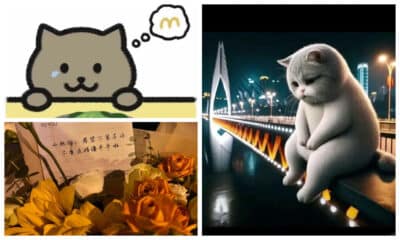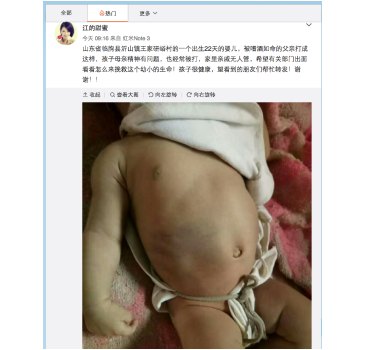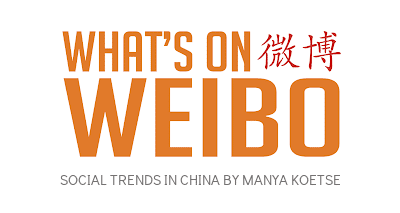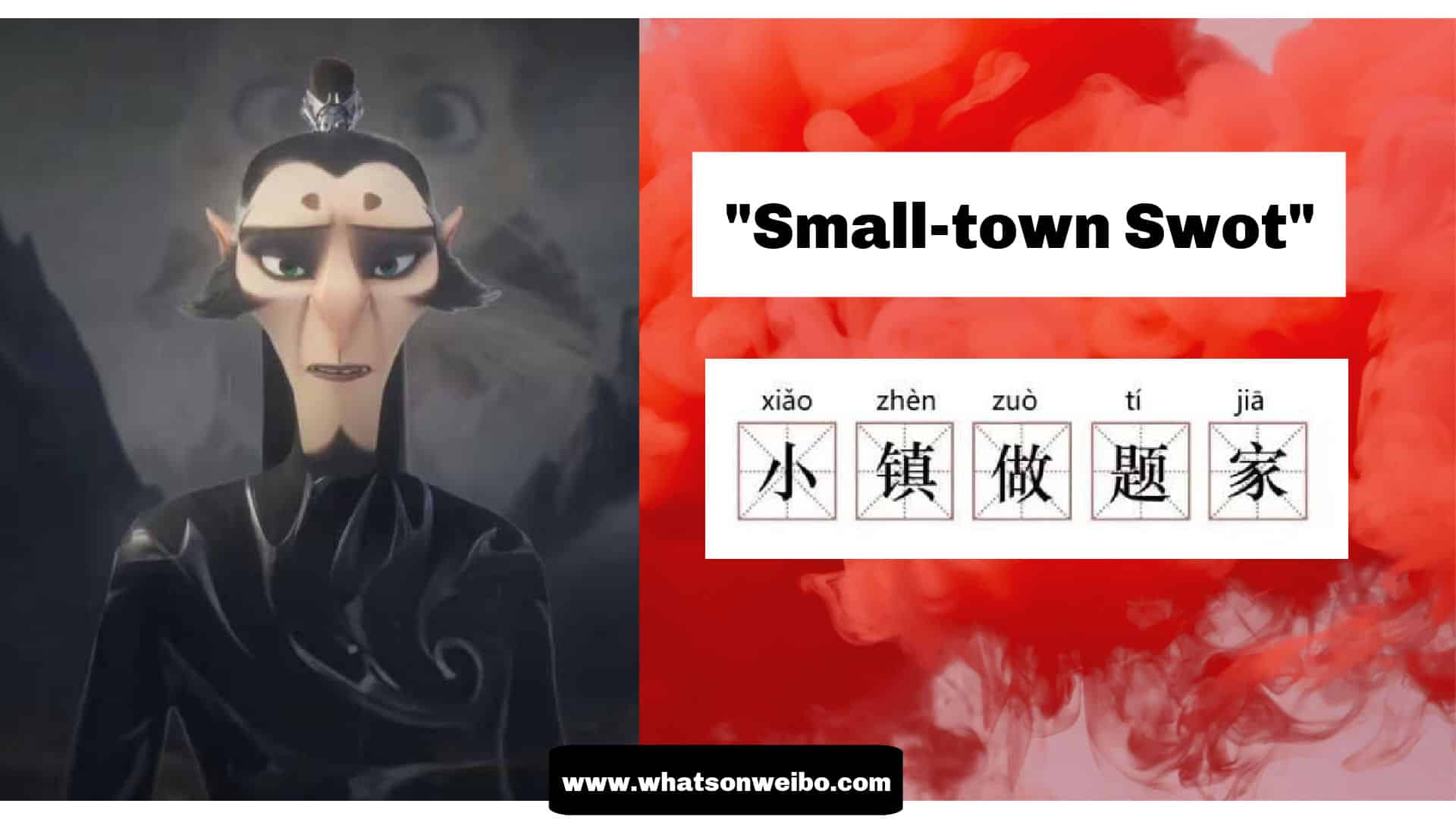A video that has been making its rounds on X and Bluesky on March 2/3 has fueled speculation about whether Chinese nationals might be serving in Russian military units.
Ukrainian commentator and former adviser to Ukraine’s Minister of Internal Affairs, Anton Gerashchenko, posted:
“A video appeared online that reportedly shows Chinese people wearing a Russian military uniform. One of them has a marking of a Russian Bars military unit. It is reported that the video was filmed in the Pokrovsk direction, Donetsk region. The video has not been verified, it is unclear where and when it was filmed.”

The footage shows two soldiers inside an abandoned building, with one of them writing in Chinese on the wall: “Li Jingjing was here” (“李晶晶到此一游”). The two also exchange a few words in Chinese, saying things like, “Ah, I wrote it wrong again.” One of them wears an armlet belonging to BARS (Combat Army Reserve of Russia) military unit.
On one side of the wall, the words “-Wèi Precision Installation” (..卫精工安装) are written.
Other X accounts, including the influential Chinese account @whyyoutouzhele, pro-Ukrainian Oriannalyla (@Lyla_lilas) and UAVoyager (@NAFOvoyager) also posted the video on March 2nd, alleging that the footage came from Selydove, Donetsk region, and shows Chinese soldiers as part of Russian forces in the Pokrovsky direction. The source of the video posted by the second X user is the Telegram channel “Donbas Operative.”
Meanwhile, on Weibo, the same video is also being discussed by various commentators and netizens.
Digital & tech blogger ‘Ma Shang Tan” (@马上谈), who has over 480,000 followers on the platform, dismissed the rumors as fake, writing:
“Li Jingjing was here! Ukrainian media have published a condemning the presence of Chinese soldiers in the Russian camo… but that’s really too one-sided. Just because they write Chinese doesn’t mean they represent the Chinese people. First, Russia is offering high pay to recruit mercenaries, attracting people from all over the world who are willing to risk their lives for money. Second, as Russia continues to suffer losses, they’ve turned their focus to ethnic groups from the Far East, recruiting quite a few people in the army, many of whom will know Chinese characters.
Anyway, who even is this Li Jingjing? 😂😂😂😂”
Some commenters note that these soldiers “clearly aren’t Chinese,” some pointing to their appearance, others to how the characters were written—suggesting the characters are written “too wide.”
“This kindergarten level of characters is supposed to be written by a Chinese person?” another person wondered.
“I can immediately tell these are characters written by Koreans,” one Weibo user commented.
Since October 2024, South Korean intelligence has been reporting the presence of North Korean troops in Russia. However, their participation was never officially confirmed by Moscow or Pyongyang.
Another Weibo blogger, the military blogger “Earth Lens A” (@地球镜头A), with more than 950,000 followers, suggested that the “soldiers” could be Chinese, but that they are most likely people dressing up:
““Li Jingjing was here?” Ukrainian social media are framing it as if Chinese people are fighting in the war in the Russian forces. After fabricated claims of “North Koreans fighting in Kursk,” Ukrainian sources are now loudly claiming that Chinese troops have appeared near Pokrovsk, based on a random short video without any source.:
““…Precision Installation”? [“..精工安装”: referring to characters written on the wall in the abandoned building] These people wearing Russian military uniforms and speaking Chinese are either military enthusiasts from China doing cosplay or they’re some vloggers who went to Russia “pretending to be in combat.” Can’t say much else. Speaking of which, they should [do more to] control those Douyin and Kuaishou creators who claim to be fighting on the front lines.”
There is a thriving “cosplay culture” on Chinese short video platforms, and military cosplay is a part of that. Among Chinese younger people, cosplay (‘costume play’) has become increasingly popular over the past years. Cosplay allows people to become something they are not—a superhero, a villain, a sex symbol, a soldier—sometimes Chinese, American, Japanese, or Russian.
Some commenters allege that this particular video was made by creators on the video platform Bilibili, although there is currently no proof of that.
“It’s just some military fans playing in a dilapidated building,” another person wrote.
Meanwhile, there seems to be growing fascination over who Li Jingjing actually is.
“We should urge Li Jingjing to come home!” one blogger wrote: “It’s not worth dying on the Russian battlefield.”
They jokingly added: “Li Jingjing, your mom is calling you home for dinner!”
The phrase is a reference to a famous moment in Chinese internet history when a comment appeared on a World of Warcraft forum saying that a boy named Jia Junpeng was being called home for dinner by his mom (read here).
For some netizens, the fact that this video and its virality are being taken seriously on Western platforms seems to be a source of entertainment: “This video of Chinese cosplayers has started circulating on Twitter (X). It’s hard not to laugh watching their serious analysis.”
By Manya Koetse
(follow on X, LinkedIn, or Instagram)
Spotted a mistake or want to add something? Please let us know in comments below or email us. First-time commenters, please be patient – we will have to manually approve your comment before it appears.
©2025 Whatsonweibo. All rights reserved. Do not reproduce our content without permission – you can contact us at info@whatsonweibo.com.
Follow What’s on Weibo on


 China Insight10 months ago
China Insight10 months ago
 China Music11 months ago
China Music11 months ago
 China Insight12 months ago
China Insight12 months ago
 China Digital9 months ago
China Digital9 months ago




























